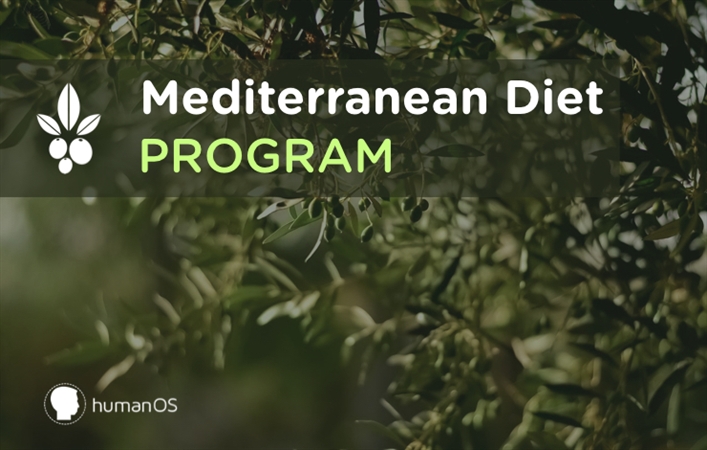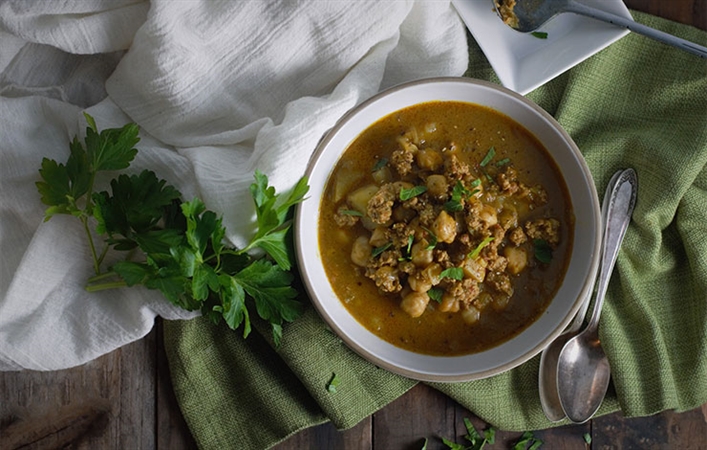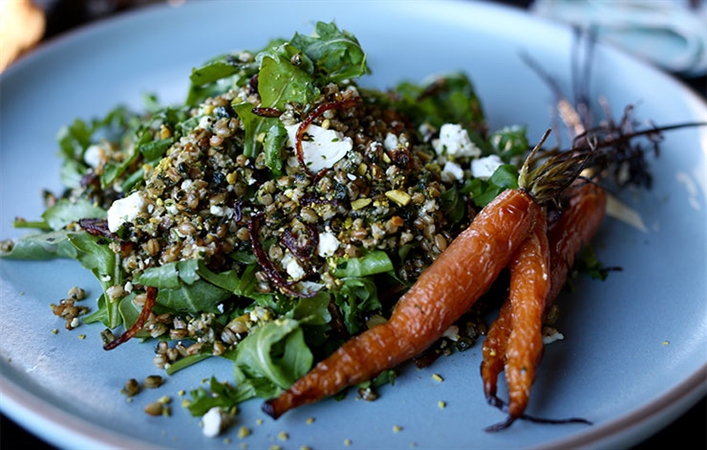Mediterranean Diet
Intro
The traditional Mediterranean diet is based on aspects of the dietary pattern that was predominant in cultures living in the olive-growing regions of the Mediterranean basin prior to the 1960s.
This dietary pattern has historically been associated with cultures that are noted for their physical and mental vitality, as well as for their longevity. Scientific studies examining the diet have largely validated these observations. We have also been able to identify specific components of the diet that are health-promoting, and unravel the underlying mechanisms.
In this guide, we will review what exactly makes the Mediterranean diet healthy. Using these key takeaways, you should be able to “Mediterraneanize” your own diet, regardless of the foods that you like and have at your disposal.
Principles
The Mediterranean diet is a primarily plant-based diet. It is not exclusively based upon plants in its traditional form (though it can be if you wish).
Here is, broadly speaking, how the diet typically is proportioned:
- High intake of vegetables, fruits, nuts, seeds, and legumes
- Moderate intake of grains, seafood, and fermented dairy
- Low intake of meat and meat products
- Optional: 1-2 glasses of wine (standard glass = 5 oz or 150 mL)
What makes the diet healthy?

High unsaturated / saturated fatty acid ratio: Higher (relatively speaking) intake of polyunsaturated and monounsaturated fats; minimized intake of saturated fats.
Omega-6 / omega-3: Relatively low ratio of omega-6 / omega-3 polyunsaturated fatty acids (modern Western diet is 10:1 to 25:1 - we want to shoot for ~3:1).

Phytochemicals: High intake of polyphenols, carotenoids, and other naturally occurring compounds from edible plants
Dietary fiber: High intake of fiber from fruits, veggies, nuts, and legumes






